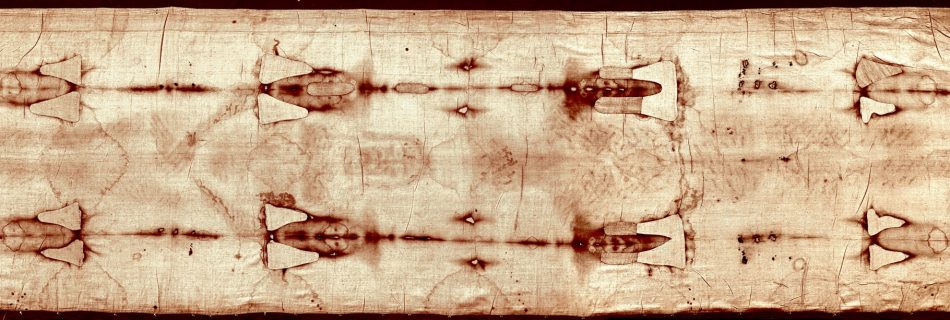Pray codex
The first evidence that predates 1350 is the Pray codex. The Pray Codex, also called Codex Pray or The Hungarian Pray Manuscript, is a collection of medieval manuscripts, dated to the late 12th to early 13th centuries. In 1813 it was named after György Pray, who discovered it in 1770. It is the first known …
